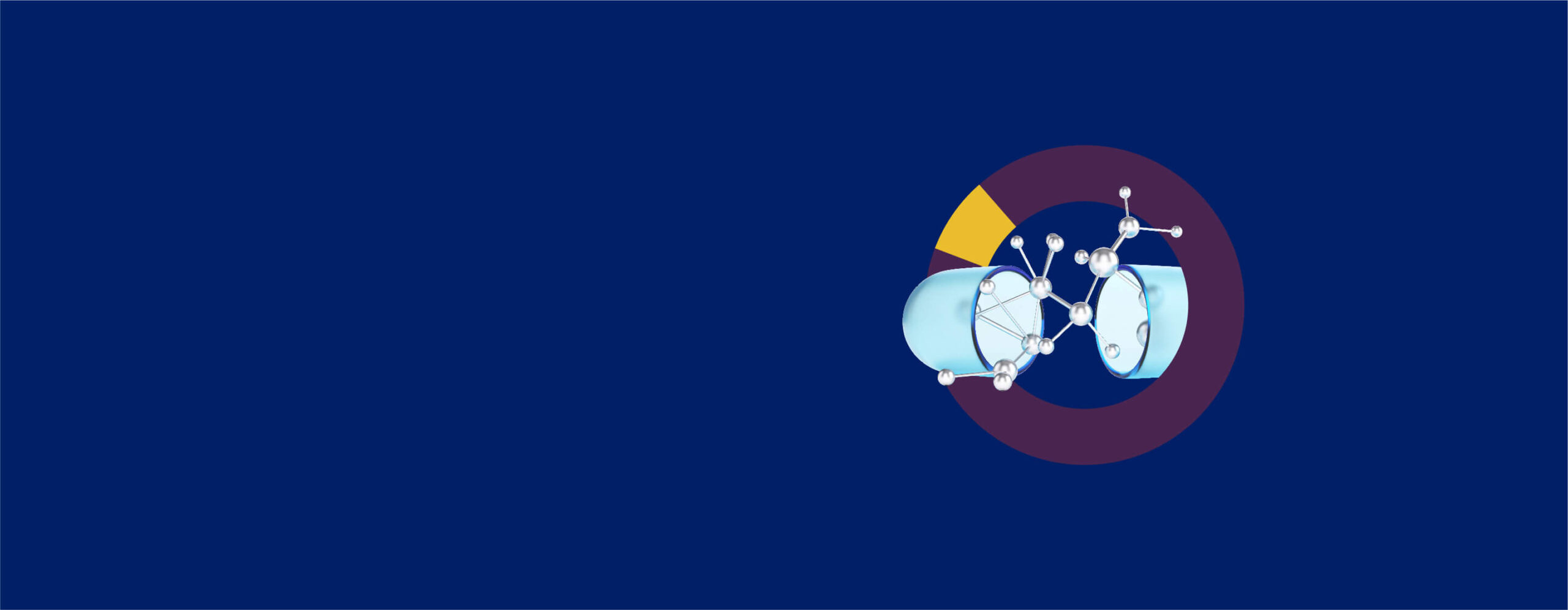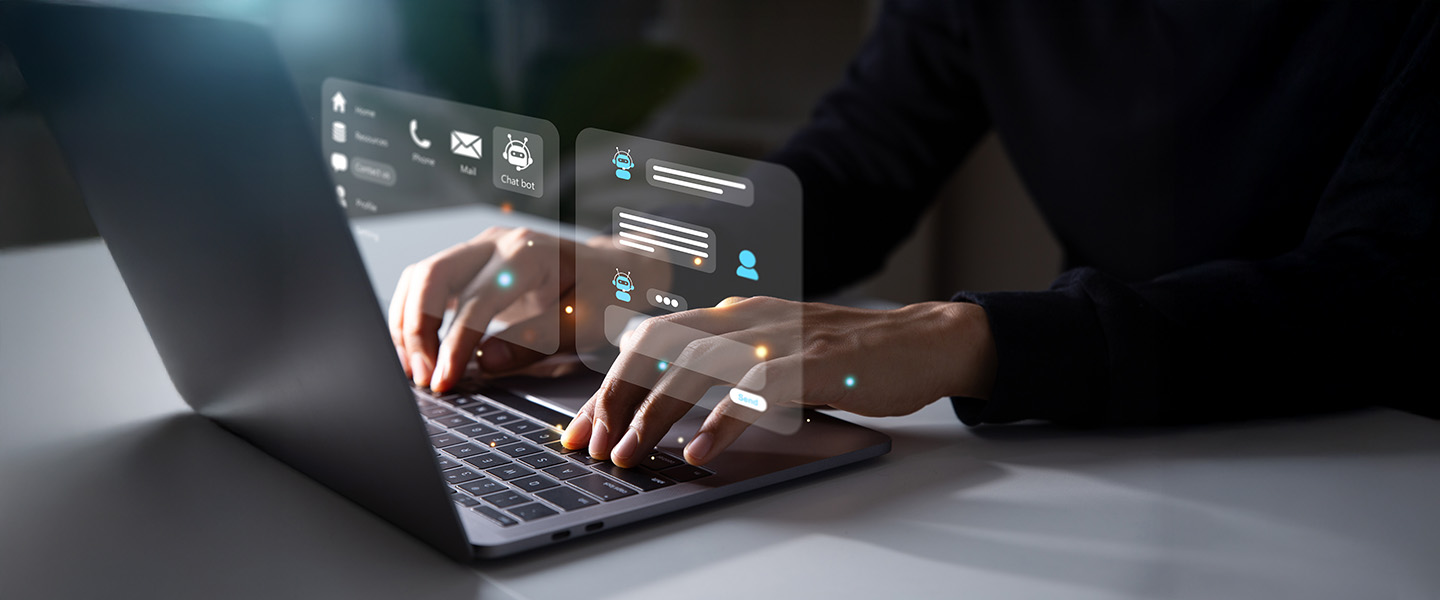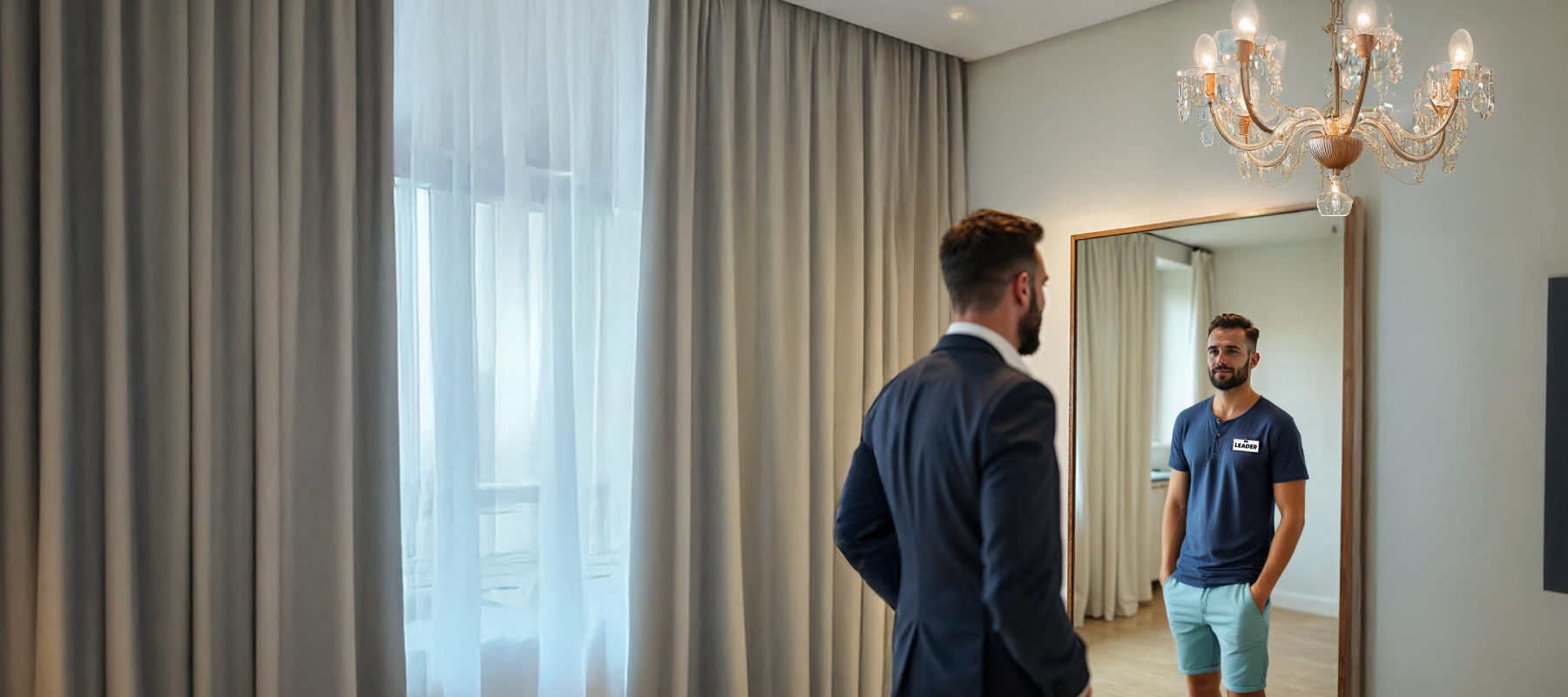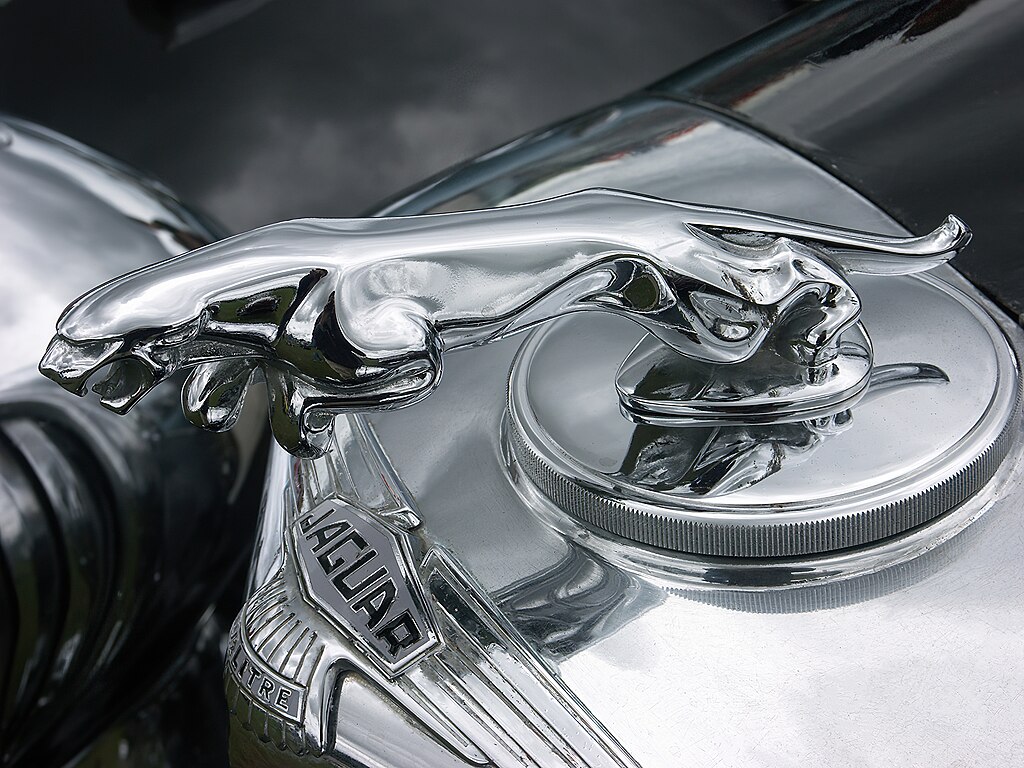Doosan Infracore International: Portable power brand transformation (A)
In December 2007, Korean conglomerate Doosan acquired a portfolio of industrial portable power equipment from U.S. company Ingersoll Rand. The acquisitions, the largest ever done by a Korean company outside of Korea, were part of Doosan’s strategy to become a global, full-line manufacturer and marketer of construction equipment. With market leading products under the company’s parent brand name throughout Asia, Doosan’s senior management expected to re-brand the acquired products using the Doosan name. Stefan Brosick, Director of Global Product Strategy and Ingersoll Rand veteran, wondered whether Doosan would benefit from an immediate re-branding, or if other branding strategies might be more effective. Many key questions needed to be answered before the December 2008 long-range plan presentation: What effect might changing the brand name, built over 135 years, have on these products’ market positions? In addition to the name, what other branding elements carried equity in the construction market? How would end-users and distributors react to brand changes? How could negative reactions be minimized? And, if he proposed a phased brand transformation plan, how could he best position this strategy to senior management?
The case illustrates the strategic role of branding in business-to-business markets, the pressures managers encounter when facing new corporate brand mandates, and analyses needed to formulate and evaluate alternative branding strategies.
Doosan Group
2008
Cranfield University
Wharley End Beds MK43 0JR, UK
Tel +44 (0)1234 750903
Email [email protected]
Harvard Business School Publishing
60 Harvard Way, Boston MA 02163, USA
Tel (800) 545-7685 Tel (617)-783-7600
Fax (617) 783-7666
Email [email protected]
NUCB Business School
1-3-1 Nishiki Naka
Nagoya Aichi, Japan 460-0003
Tel +81 52 20 38 111
Email [email protected]
IMD retains all proprietary interests in its case studies and notes. Without prior written permission, IMD cases and notes may not be reproduced, used, translated, included in books or other publications, distributed in any form or by any means, stored in a database or in other retrieval systems. For additional copyright information related to case studies, please contact Case Services.
Research Information & Knowledge Hub for additional information on IMD publications
- Doosan Infracore International: Portable power brand transformation (A)
- Doosan Infracore International: Portable power brand transformation (B)
- Doosan Infracore International: Portable power brand transformation (A)
- Doosan Infracore International: Portable power brand transformation (B)
Research Information & Knowledge Hub for additional information on IMD publications
Research Information & Knowledge Hub for additional information on IMD publications
BARCELONA, JANUARY 2023. What started in 2016 as a humble entrepreneurial attempt to contribute to a more sustainable future had turned into a solid eyewear brand present in major Western markets. François van den Abeele was even more excited by t...
Case reference: IMD-2665 ©2025
Research Information & Knowledge Hub for additional information on IMD publications
in I by IMD Brain Circuits 15 April 2025
Research Information & Knowledge Hub for additional information on IMD publications
Research Information & Knowledge Hub for additional information on IMD publications
Research Information & Knowledge Hub for additional information on IMD publications
Research Information & Knowledge Hub for additional information on IMD publications
Research Information & Knowledge Hub for additional information on IMD publications
in I by IMD
Research Information & Knowledge Hub for additional information on IMD publications
Research Information & Knowledge Hub for additional information on IMD publications
Research Information & Knowledge Hub for additional information on IMD publications
in Binder, Julia Katharina (Ed.); Haanaes, Knut Bjarne (Ed.) / Leading the sustainable business transformation: A playbook from IMD, pp. 151-165 / Hoboken: Wiley, 2025
Research Information & Knowledge Hub for additional information on IMD publications






